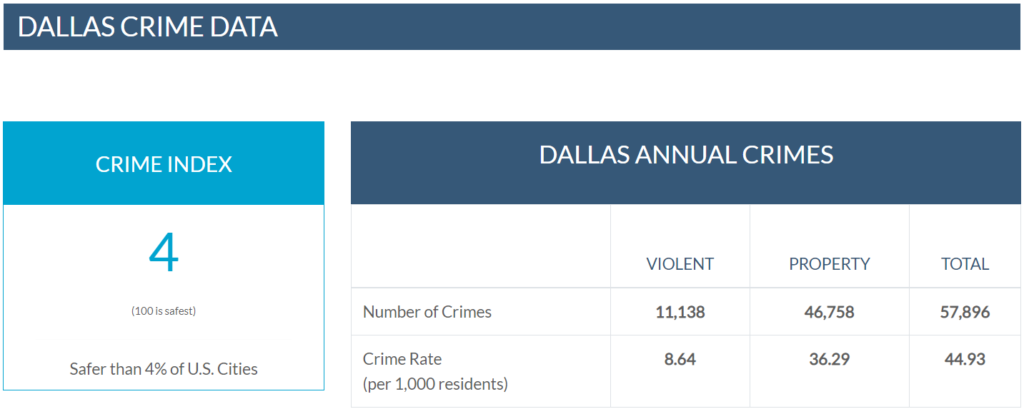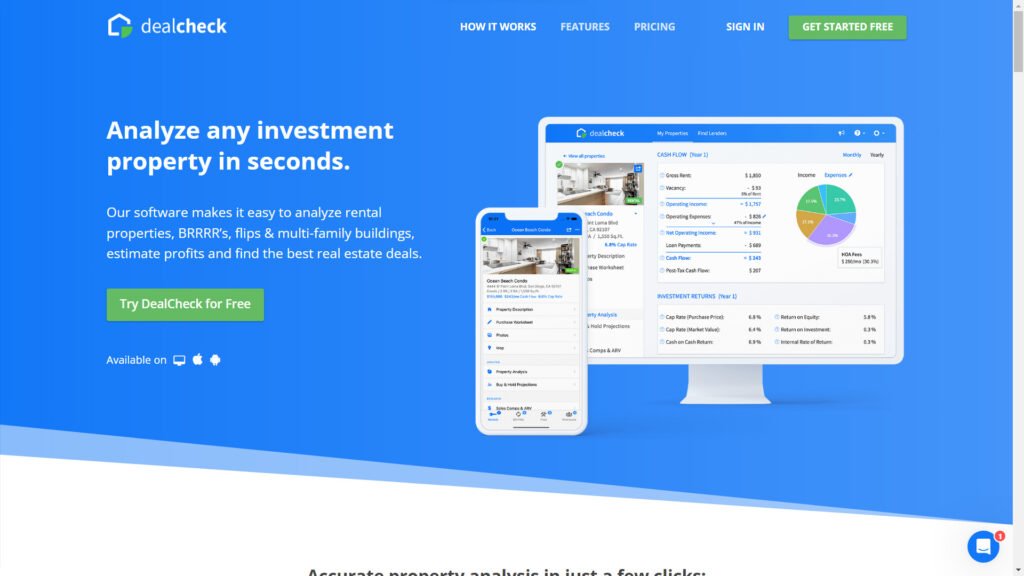
How Many Properties Do I Need to Analyze?
Real estate investors must analyze many properties before making a purchase decision, and there are several reasons for this. Investing in real estate requires careful planning and analysis, particularly when it comes to property selection.
Before you are ready to make an offer on single-family homes, you want to analyze a lot of properties.
So real estate investing is a numbers game.
And by that, what I mean is there are a lot of properties that you’re going to have to look at before you find a deal. As the expression goes …
“you have got to kiss a lot of frogs before you find your Prince”
So, I use the numbers game to determine how many properties I have to analyze before I purchase one.
It’s generally about 100 properties that you are going to look at. And when I say look at, I mean at a very high level. Then you’re going to decide whether you want to do a deeper dive into any of these properties.

Out of those 100 properties, you might find 10 that you want to do a deeper dive on.
That’s when you start putting the deal through the rigor of a detailed financial analysis.
Out of those 10 properties, you make an offer on, let’s say 3 properties. The top three that you think will give you the best deal. And then you negotiate through those three. And you end up closing on one property.
Don’t get frustrated by not finding properties.
I know a lot of investors … they get started and they say, “I can’t find anything”.
And I ask, how many properties did you look at? “Geez, I must’ve looked at 10 properties”.
You should be looking at 10 properties per day. You should be looking at 50 properties per week. There are some tools available that will help manage your analysis. I think DealCheck offers the best value out there for an analysis tool.
Criteria for analyzing properties
And when you analyze properties you should base your analysis on several criteria. The following are specific criteria you could consider when analyzing properties. Some of these criteria can be quicker to analyze than others.
Location
Investors must analyze many properties in different locations to find the right one. When analyzing properties, investors must consider the amenities in the area. For example, properties in areas with access to good schools, hospitals, shopping, and transportation tend to be highly sought after.

Additionally, investors must consider the type of property that would best suit the location. For example, a single-family home may be ideal in a suburban location, while a condo or apartment may be best in an urban setting. This can be done fairly quickly.
Market Conditions
Real estate markets are constantly changing, and investors must stay up-to-date with the latest trends to make informed decisions. This means analyzing many properties in different markets to get a sense of the market conditions in each area.

For example, some markets may be experiencing a boom, while others may be in decline. Identifying such trends is crucial because it can help investors make more informed decisions about the properties they purchase. There is usually a report that is available that can give you this information for each area.

Property
An important part of analyzing properties is identifying potential issues that may arise. This includes issues related to the property itself, such as structural problems, plumbing, electrical issues, and so on.

It also includes issues related to the neighborhood, such as crime rates, pollution, and other factors that may affect the property’s value and appeal.

By analyzing many properties, investors can identify potential issues and factor them into their purchase decisions. This can be done quickly at first to eliminate certain properties but requires more work when you are down to your last 10 or so.
Financial
Investors must also keep in mind the financial aspects of investing in real estate. This includes analyzing the property’s potential for cash flow, capital gains, and tax advantages.

Cash flow is the income generated from the property, while capital gains refer to the potential for the property’s value to appreciate over time. Tax advantages include deductions on mortgage interest, property taxes, and depreciation.
To analyze the financial aspects of investing in real estate, investors must use various financial metrics such as:
- cash on cash return (CoC)
- return on investment (ROI)
- net operating income (NOI)
- internal rate of return (IRR).
These metrics help investors evaluate the profitability of a potential investment and make comparisons between different properties.
Analyzing many properties helps investors identify the best investment opportunities based on their financial goals. This is done at a high level at first and in more detail later.
Financing Options
Financing is a crucial aspect of real estate investing, and investors must analyze various financing options to find the best one for their investment.

This includes analyzing different mortgage products, such as fixed-rate mortgages and adjustable-rate mortgages, and comparing the interest rates, fees, and terms of each product. Additionally, investors must consider the down payment required for each property and how it impacts their cash flow and ROI. This shouldn’t take a lot of time since this information is readily available online.
Conclusion
In conclusion, analyzing many properties is crucial for real estate investors looking to make informed investment decisions. Investors must analyze properties to identify the right location, assess market conditions, identify potential issues, evaluate financial metrics, and compare financing options. By analyzing many properties, investors can make informed decisions that align with their investment goals and maximize their returns.
Disclosure: I may receive affiliate compensation for some of the links at no cost to you if you decide to purchase a paid plan. This site is not intending to provide financial advice. This is for entertainment and information only.
Check out the eBook or Paperbook versions

















